![10 Most Popular Center-Leaning Media Sources [2024]](https://www.biasly.com/wp-content/uploads/2023/11/Untitled-design-13.png)
In this article, the most popular center-leaning media sources will be listed. While there are a lot of media sources that lean either left or right, there are some that try to be center-leaning overall and those are the ones that will be listed. So what are center-leaning media sources? Center-leaning media sources in America are usually defined as being in the center, which is being in the middle of leftist and right-wing sources. While some center-leaning people are Democratic or Republican-leaning, they usually are either political independents or politically moderate overall that favor as little bias as possible, according to Pew Research.
Center-Leaning Media Sources and People
Glancing at the first group, political independents tend to not like to identify with either party according to official party registration, but most of them tend to lean with either the Democrats or the Republicans. They make up a plurality of the electorate at 38%, and around 80% of them favor either the Democrats or the Republicans. Independents lean young and male, which matches Gen Z’s tendency to identify more as independent-leaning than previous generations. While more of them identify as independent, exit polls show that they are one of the most Democratic-leaning groups in the nation.
Exit polls can reveal a lot about the voting patterns of moderates and like-minded independents. Looking at 2020 exit polls on CNN, both self-identified center-leaning moderates and independents were critical groups for Biden in his victory, with him winning moderates 64-34 with them being 38% of the electorate and 54-41 with independents with them being 26% of the electorate, while both Biden and Trump got massive margins among liberals/Democrats and conservatives/Republicans.
Stressed sideliners, so called by Pew, is another group that is moderate in nature, favoring both Biden and Trump in equal numbers. Like moderates, they distrust both parties at a pretty high rate compared with partisans on both sides. They also vote at a lower rate than your usual Democratic or Republican partisan. They make up 15% of the public and 13% of registered voters. They tend to lean liberal on economic issues and conservative on social issues. According to Pew, some examples of them being liberal on economic issues are apparently 83% of them say that the current economic system unfairly favors the rich, 74% favor raising the minimum wage to $15/hour. 65% of them say that gay marriage being legal in the United States either is beneficial or is neither positive or negative to the United States. Another characteristic is that a majority of them come from sticky financial situations, making them more in favor of liberal ideas on the economy such as the minimum wage and the current economic system. According to Pew, demographically, they are 57% White, 21% Hispanic, 10% Black, and 5% Asian. The age and religious breakdown parallel the population as a whole as well along with the racial demographics. Financially, stressed sideliners often do not have a degree (78%) and say that they come from low income households.
The second group would be people who hold moderate opinions overall. This could mean that they’re moderate on almost every issue or that they’re liberal on some and conservative on others, leading to the moderate characterization. Moderates would most like to favor news with little bias (centrist in tilt) with no obvious liberal or conservative tilt. That would rule out some biased news sources like liberal MSNBC, CNN, New York Times, and the Washington Post. As for conservative news sources, it would rule out FOX News, Breitbart, One America News Network, New York Post, and Washington Examiner. News sources that are fairly moderate but lean liberal at times would be CBS and ABC News. The news sources that are fairly neutral, moderate, and popular are BBC News, the Associated Press, Reuters, National Public Radio, and the Public Broadcasting Service.
The difference between moderates and independents as a whole tends to be that moderates usually identify as being in the center in ideology while independents can be any ideology but not identify with either party, while the difference between moderate and center-leaning would be if one was referring to being a moderate within a party compared to center-leaning meaning that the person was in the center relative to both parties. Within a party, people can be referred to as moderates while center-leaning transcends both parties in terms of labelling.
Most Popular Center-Leaning Media Sources By Web Visits
| Rank | Moderate News Source | Visits | Social Media |
| 1 | BBC News | 133,900,000 | 66,200,000 |
| 2 | National Public Radio | 99,000,000 | 23,400,000 |
| 3 | AP News | 85,600,000 | 20,400,000 |
| 4 | Forbes | 84,100,000 | 35,000,000 |
| 5 | Wall Street Journal | 70,500,000 | 37,000,000 |
| 6 | CBS News | 67,800,000 | 13,600,000 |
| 7 | Reuters | 50,500,000 | 40,600,000 |
| 8 | The Hill | 40,700,000 | 7,880,000 |
| 9 | Axios | 23,800,000 | 1,420,000 |
| 10 | Public Broadcasting Service | 15,300,000 | 8,200,000 |
Note: The first column shows the number of monthly visits for the site while the second column shows the site’s media presence, measuring the amount of followers on Twitter, Facebook, Instagram, and YouTube.
Top 10 Center/Moderate Media Sources
1) British Broadcasting Corporation (BBC)
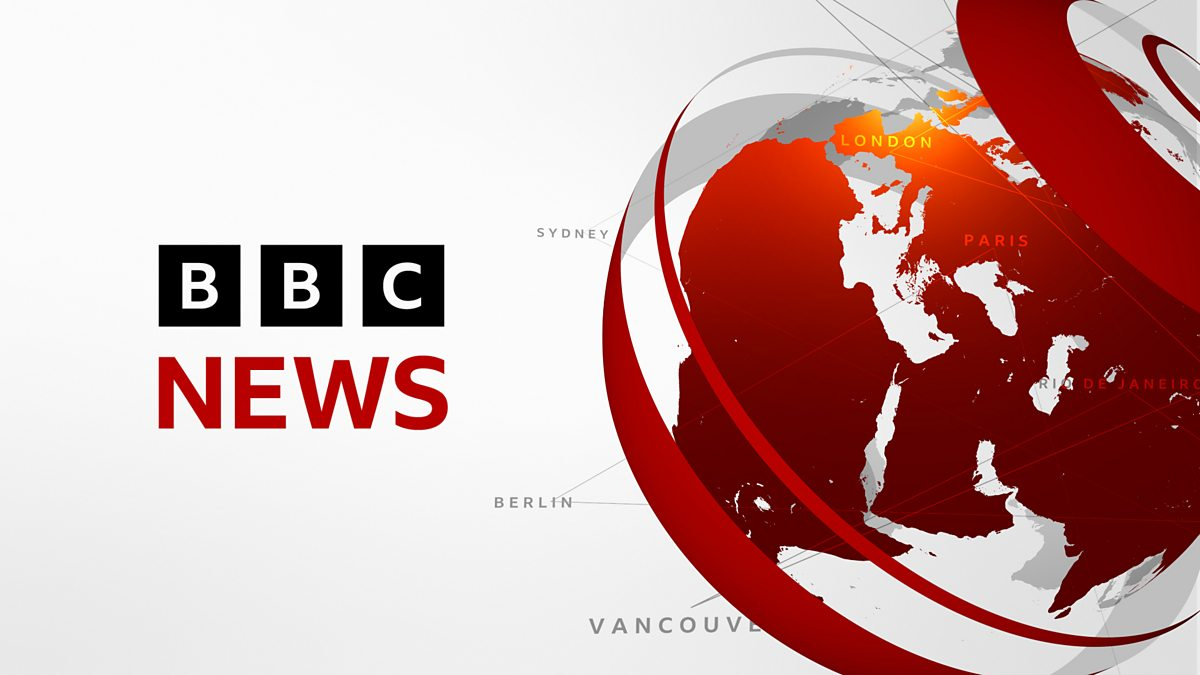
Webpage: https://www.bbc.com/
Visits: 133,900,000
Social Media: 66,200,000
Bias Rating: https://www.biasly.com/sources/bbc-bias-rating/
Description: Known as the British Broadcasting Corporation or BBC, this British company was founded in London in 1922. Being one of the oldest and largest global broadcaster with over 21,000 staff in total. It get its money from the British government from mandatory dues paid by British citizens for its service. Its most popular channels in America are BBC World News and BBC America, the former for what’s going in the world and the latter for America-specific news. Since it’s British, there tends to be little if any ideological tilt with a lot of factual reporting. On its main page, it has the most relevant news articles, and then subsections divided into news, sports, videos, editorial articles, environmental, pictures, other languages, and more miscellaneous articles.
2) National Public Radio (NPR)

Webpage: https://www.npr.org/
Visits: 99,000,000
Social Media: 23,400,000
Bias Rating: https://www.biasly.com/sources/npr-bias-rating/page/86/
Description: The National Public Radio, or commonly called NPR, is an American nonprofit media organization founded in 1970 and headquartered in Washington, DC and suburban Los Angeles, CA. It was established by an act of Congress and serves as a national syndicator for radio stations all over the United States. However, unlike the publicly funded CFB (Corporation for Public Broadcasting), NPR gets its money from member station fees, corporate sponsors, and CFB grants. It’s independent of any government or corporation. NPR publishes and distributes news and cultural programming, with its most popular broadcasts being the Morning Edition and All Things Considered. NPR also manages the Public Radio Satellite System and can carry programs from BBC World Service. It tends to be fairly moderate because of its independent nature. On its main page, it has the latest, main story, which as of this moment is about the unrest in the Middle East, mainly Israel and Hamas. Then, it has subsections on various topics such as health, news, culture, law, business, video game reviews, radio, etc.
3) Associated Press (AP)
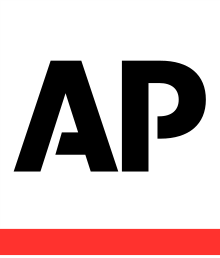
Webpage: https://apnews.com/
Visits: 85,600,000
Social Media: 20,400,000
Bias Rating: https://www.biasly.com/sources/ap-news-bias-rating/
Description: The Associated Press, or AP, is a nonprofit organization headquartered in New York, NY. Founded in 1846, it produces news reports centered on both America and the world that it distributes to its members, major US newspapers, and radio and television broadcasters. The AP, aside from news, is also famously known for its AP Stylebook, its AP polls tracking NCAA sports most notably football and basketball, and its election polls and results and state calls during US elections. Aside from English, it also publishes in Spanish and Arabic. Due to its independent, nonprofit, and national and international nature and reputation, it tends to not have an ideological tilt. On its main page, the front news is about the main news story. Then, it’s a mix of national news, sports, world news, etc. It also has sections called “spotlight,” forgotten stories, latest videos, and suggested articles. Some of the topics are politics, entertainment, sports, US news, world news, business, science, and lifestyle.
4) Forbes
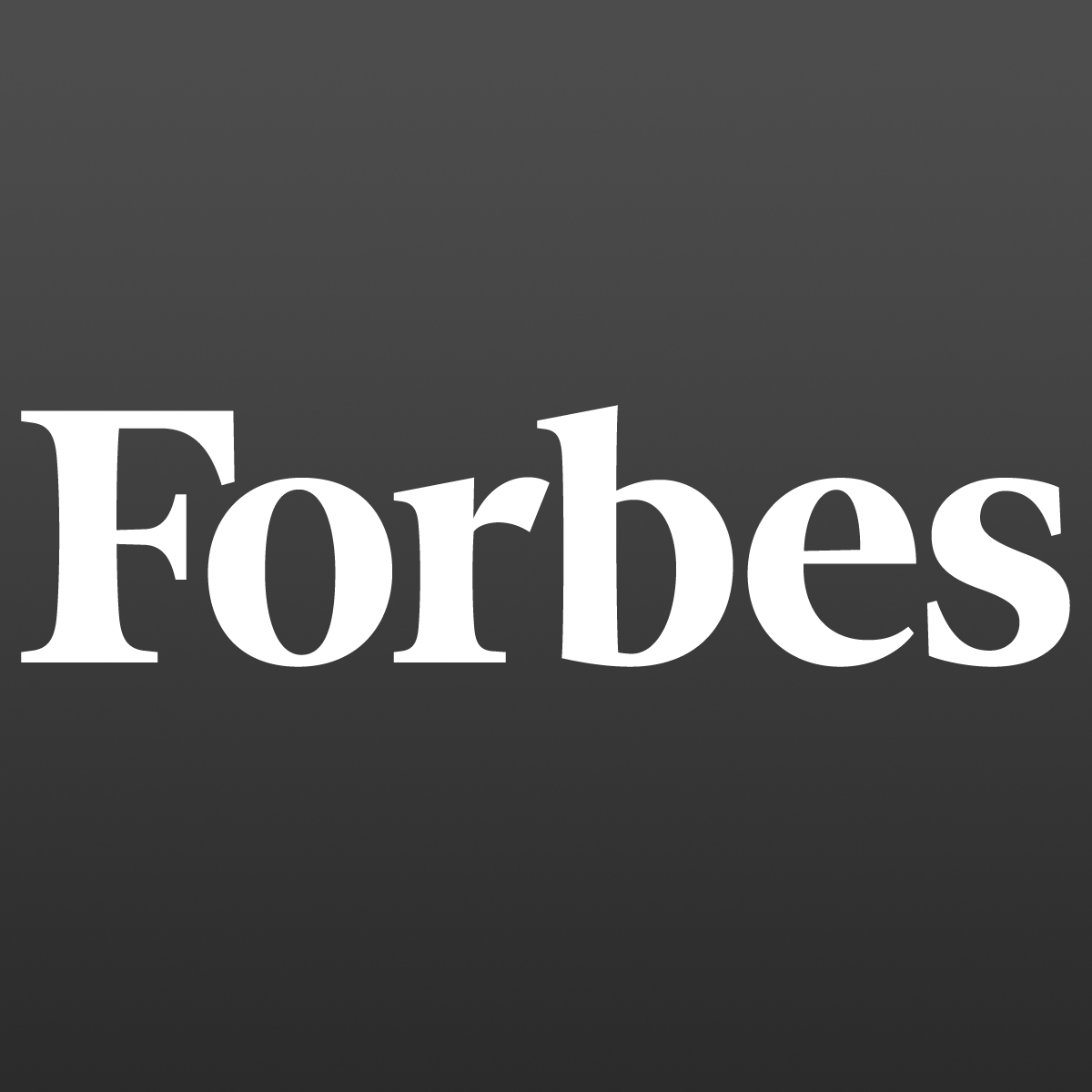
Webpage: https://www.forbes.com/?sh=7677d0e12254
Visits: 84,100,000
Social Media: 35,000,000
Bias Rating: https://biasly.com/sources/forbes-bias-rating/page/3/
Description: Forbes is an American business magazine founded in 1917 and headquartered in Jersey City, New Jersey. Published 8 times a year (approximately once per month), the international business magazine has articles featuring finance, industry, investing, and marketing topics. Despite the conservatism of Steve Forbes, the actual magazine is relatively independent and moderate due to its business-focused nature, getting money from its subscriptions. Its notable lists and rankings include the following: the richest Americans, the world’s billionaires, most notable people under 30, wealthiest celebrities, top companies, and the world’s most powerful people. Some of its main competitors include the Fortune and Bloomberg Businessweek magazines. On its main page, it has articles focused on business and the American economy. Its subsections include billionaires, leadership, innovation, money, digital assets, investment, business, lifestyle, and real estate.
5) Wall Street Jornal (WSJ)

Webpage: https://www.wsj.com/
Visits: 70,500,000
Social Media: 37,000,000
Bias Rating: https://www.biasly.com/sources/the-wall-street-journal-bias-rating/
Description: The Wall Street Journal, or WSJ, is an American business and economic-focused international newspaper (second most popular in the United States) that was founded in 1889 and headquartered in New York. It has 3 million digital subscribers and publishes luxury news, a lifestyle magazine, and an online version. The editorial articles are independent with a conservative tilt, due to it being influenced by conservative media mogul Rupert Murdoch. On its main page, it has a bar at the top with all the subtopics, then the major news of the day (both national and international) along with visible subtopics below that such as business, health, travel, food, etc.
6) Columbia Broadcasting System (CBS)
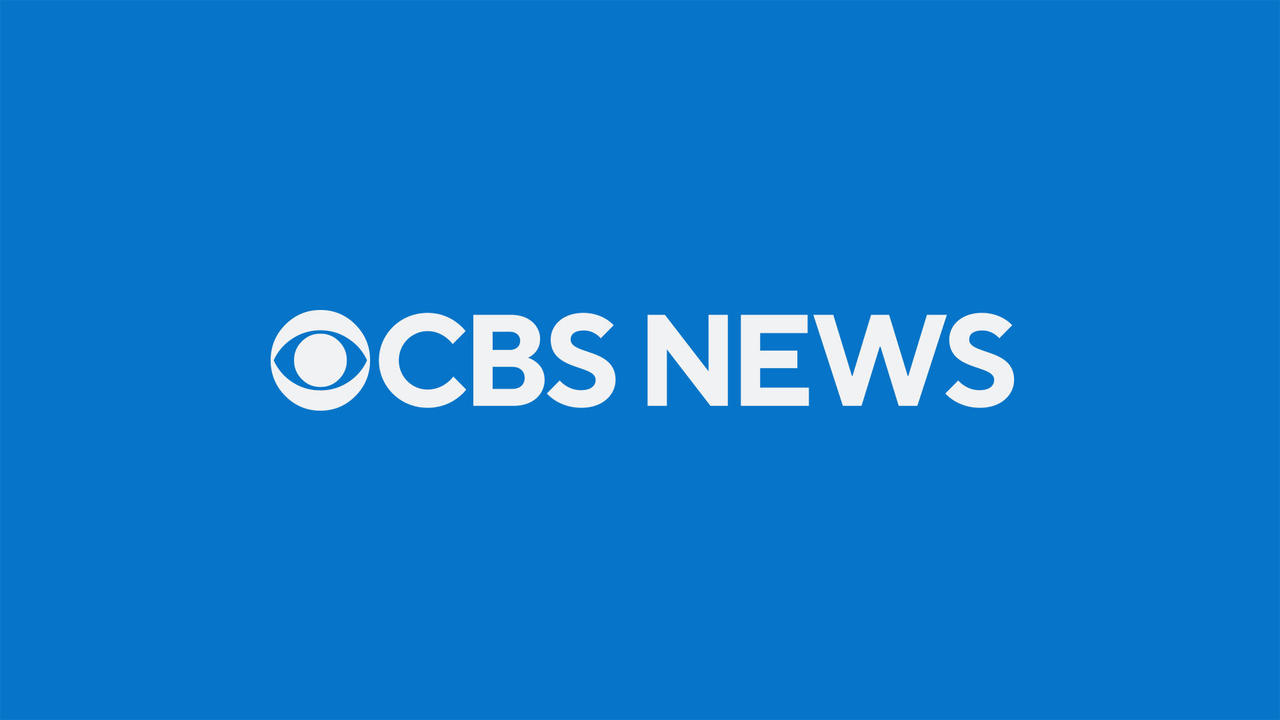
Webpage: https://www.cbsnews.com/
Visits: 67,800,000
Social Media: 13,600,000
Bias Rating: https://www.biasly.com/sources/cbs-news-bias-rating/page/24/
Description: Known as the Columbia Broadcasting System or CBS, this company was founded in 1927 in the city of Chicago and now headquartered in New York. Along with ABC and NBC, it’s known as one of the “Big Three” of American media giants. CBS News specifically is the news division of CBS. Some of its popular programs include CBS Evening News, CBS Mornings, 60 Minutes, and 48 Hours. It operates on a 24-hour basis on both radio and television. Unlike other major news channels like NBC, FOX, or ABC, CBS tends to be a lot more nonpartisan and moderate than the other three or alternative channels like MSNBC. On its webpage, it has the top news story, then more latest news, then the top story again (right now being the Israel-Hamas War), the Trump investigations, money management, and top videos. On the bar at the very top of the page, it has the new stories of the day along with all of the news (divided by region and type), shows, live, and local.
7) Reuters

Webpage: https://www.reuters.com/
Visits: 50,500,000
Social Media: 40,600,000
Bias Rating: https://www.biasly.com/sources/reuters-bias-rating/
Description: Reuters is a news agency owned by Thomas Reuters Corporation. It’s now one of the largest news agencies in the world. It was established in 1851 by the German-born (then Prussia and other German city-states) Paul Reuter (the company is named after him) in London, UK. It was acquired by the Canadian company Thomson Corporation in 2008. Since it’s European and Canadian in nature, it tends to be independent and not take any particular ideological sides in America. On its main page, the two side bars on the top has a list of prominent stocks and the subtopics such as World, Business, Markets, Sustainability, Legal, Breaking News, and More. Below that, it has the top news stories divided by topic, and then talking points, top videos, top news story (Israel and Hamas right now), the United States, Europe, the Last Read, etc.
8) The Hill
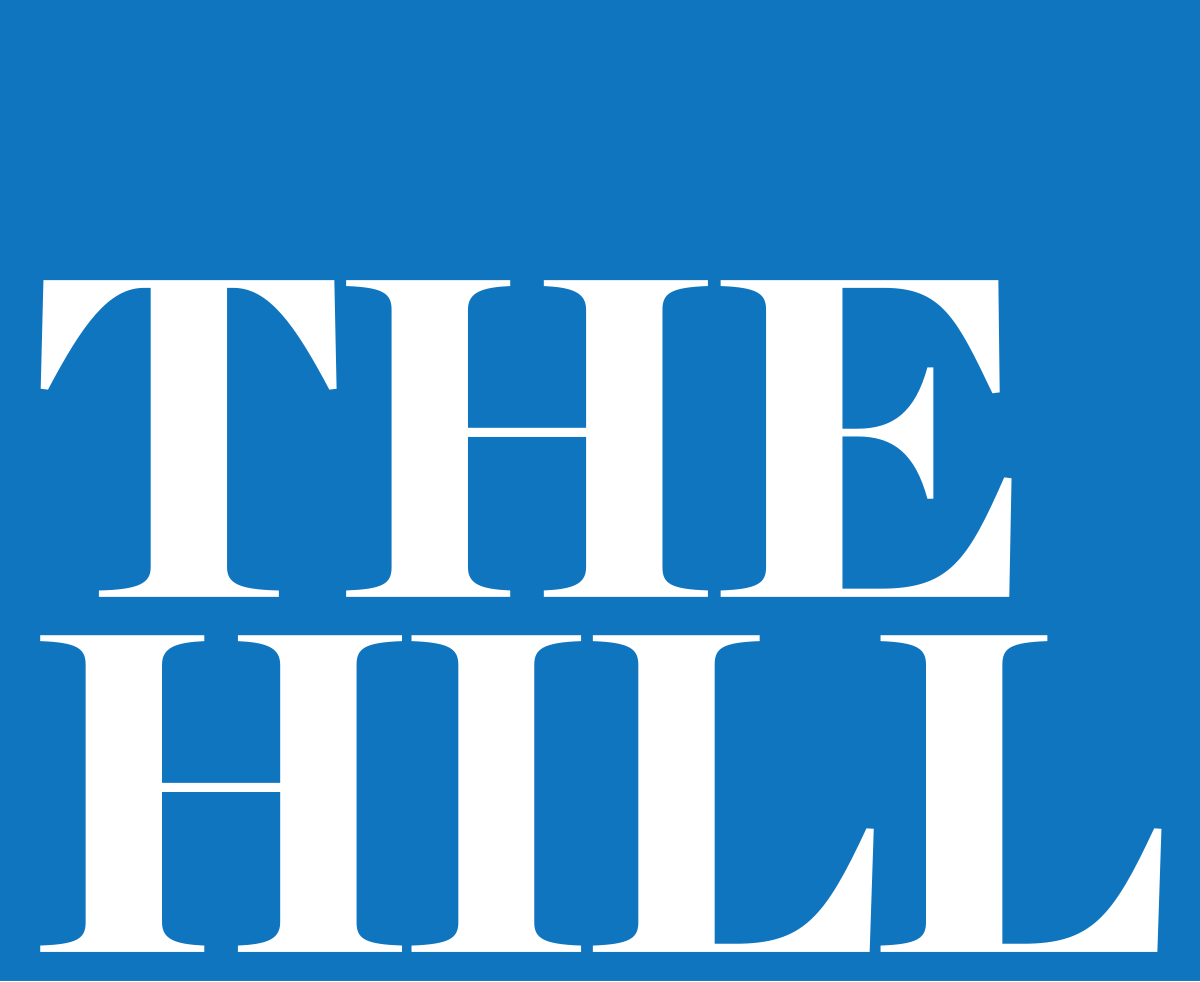
Webpage: https://thehill.com/
Visits: 40,700,000
Social Media: 7,880,000
Bias Rating: https://www.biasly.com/sources/the-hill-bias-rating/
Description: The Hill, an American newspaper and media organzation, was founded in 1994 in Washington DC. It has the specific purpose of covering the US government, including Congress, the presidency and executive branch, and US elections. The Hill is nonpartisan since it tries to have “nonpartisan reporting on the inner workings of Government and the nexus of politics and business” as its output. On its main page, it has news related to the US government, and topics related to it such as the 2024 election, the executive branch, the House and Senate, technology, international, energy and environment, etc.
9) Axios
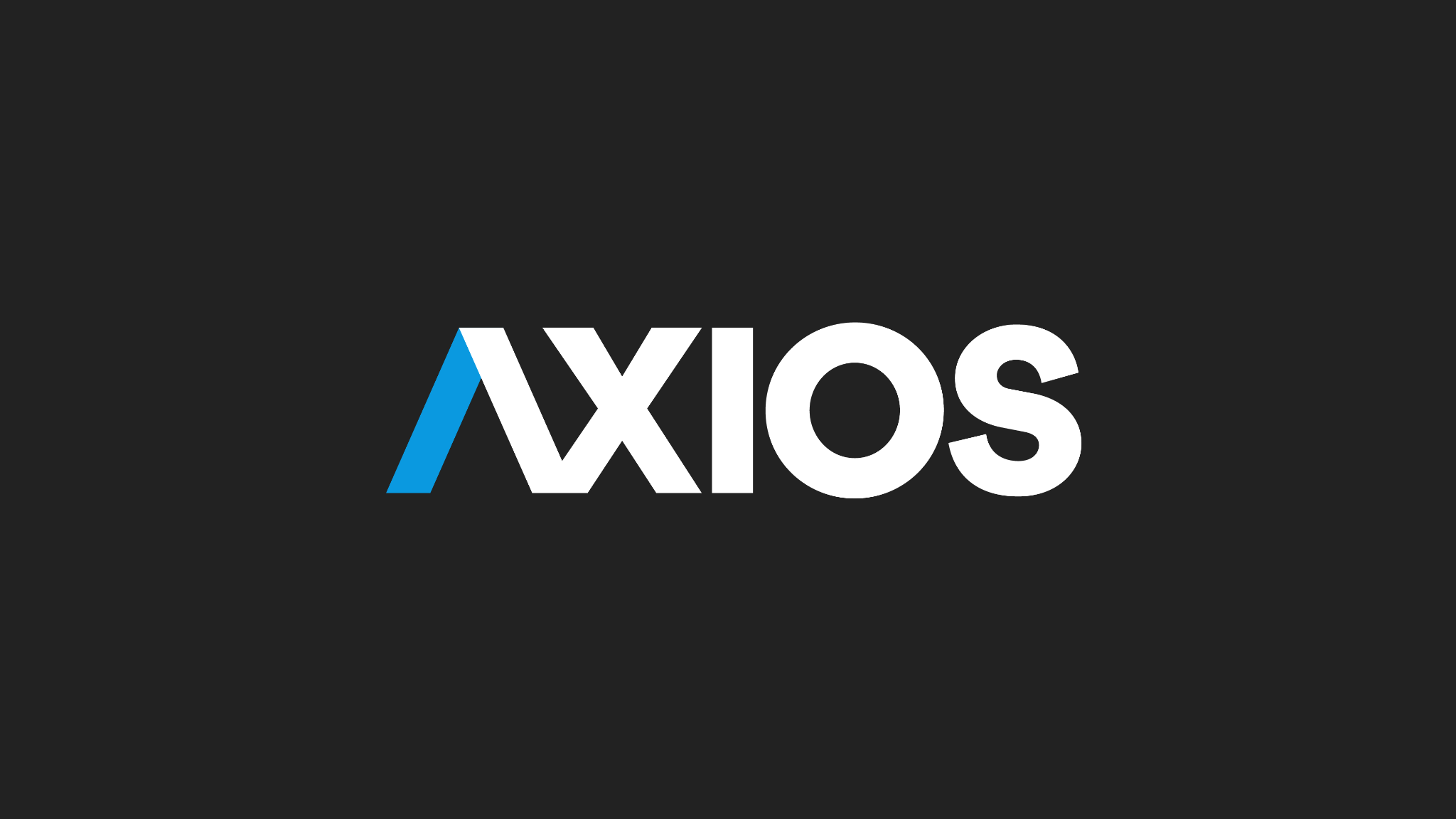
Webpage: https://www.axios.com/
Visits: 23,800,000
Social Media: 1,420,000
Bias Rating: https://www.biasly.com/sources/axios-bias-rating/
Description: Axios is relatively recent in terms of news media organizations, being founded in 2016. Based in Arlington, Virginia, it’s unique in the fact that most of its articles are short and brief, intended for a quick read and scan. Most articles use bullet points and are shorter than 300 words. In addition, they also produce daily and weekly newsletters along with two podcasts. In 2022, they were acquired by Cox Enterprises. Described as being a mix between “the Economist and Twitter,” they are relatively nonpartisan. On its front page, it has “5 big things” along with today’s news stories listed in sequential order. There’s the option to see more top stories and/or read one story in more detail.
10) Public Broadcasting System (PBS)
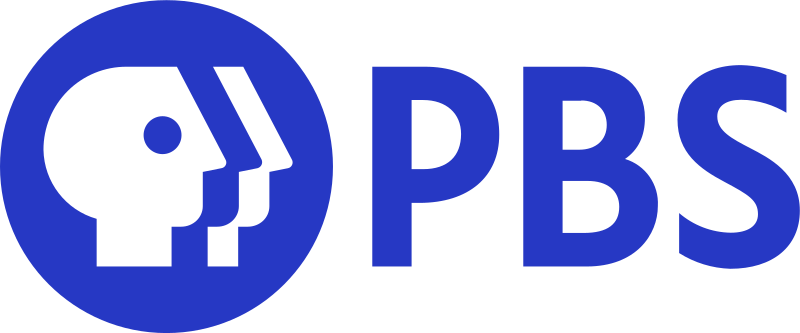
Webpage: https://www.pbs.org/
Visits: 15,300,000
Social Media: 8,200,000
Bias Rating: https://www.biasly.com/sources/pbs-bias-rating/
Description: The Public Broadcasting System, or also known simply as PBS, was founded in 1969 and headquartered in Arlington, Virginia. It’s public and non-commercial. It’s a nonprofit news television that often provides education programs to America’s youth (PBS Kids). Some popular shows are Frontline, Nova, PBS NewsHour, Arthur, Sesame Street, and This Old House. Due to its public nature, PBS is relatively independent. On its main page, the top bar has home, shows, explore, TV schedules, shop, and donate. Following that, there’s the main story and the following shows on TV. Then it has featured shows, latest videos, featured this week, what’s on tonight, popular videos, shop, and other.
![Infographic titled "10 Most Popular Center-Leaning Media Sources [2024]" listing BBC News, NPR, Reuters, Forbes, Wall Street Journal, Associated Press, Bloomberg, The Economist, Politico, and PBS News along with their characteristics and descriptions.](https://media2.biasly.com/file/q_80/Biasly/10-most-popular-center-leaning-media-sources-2024-2.jpg)






















